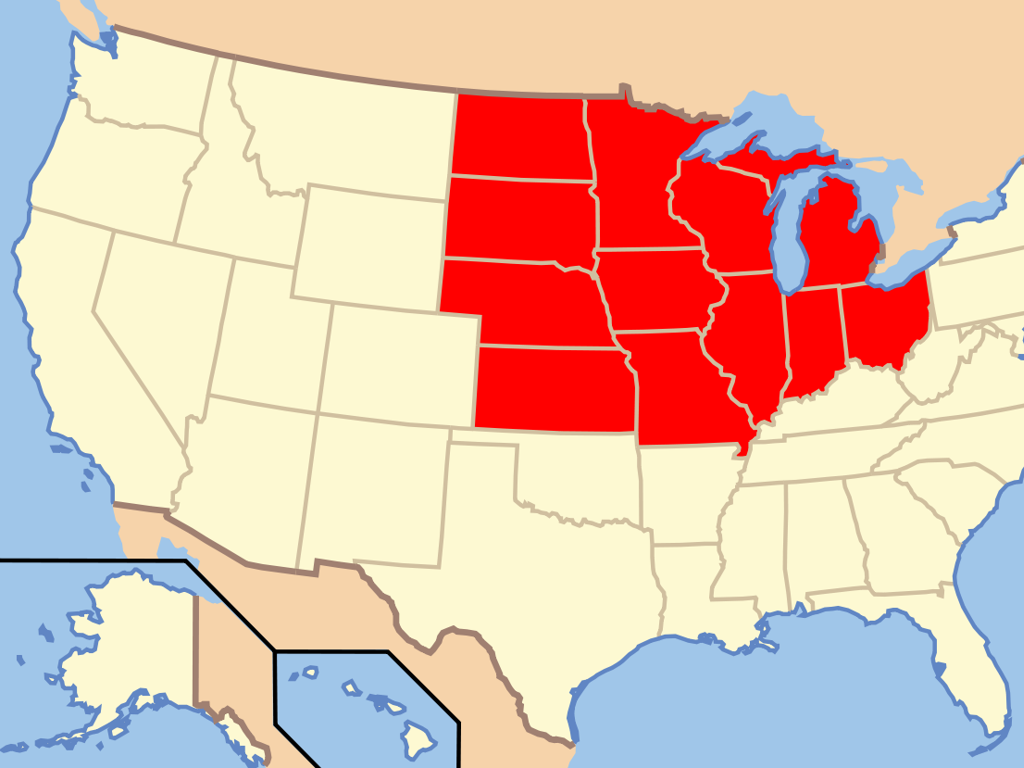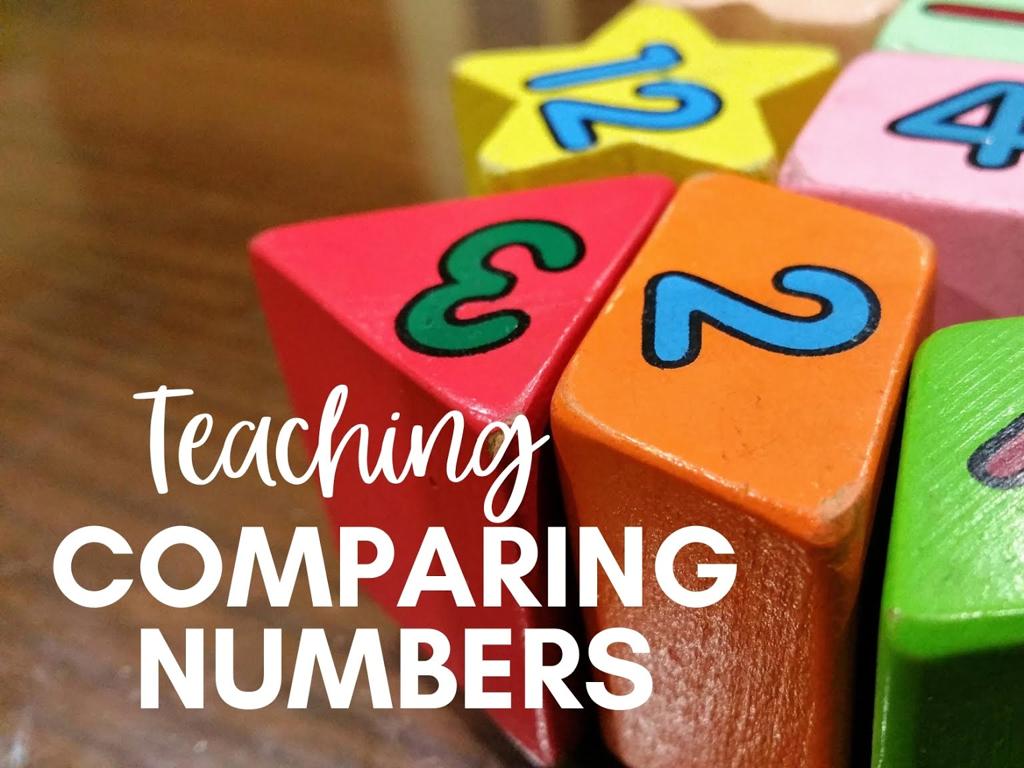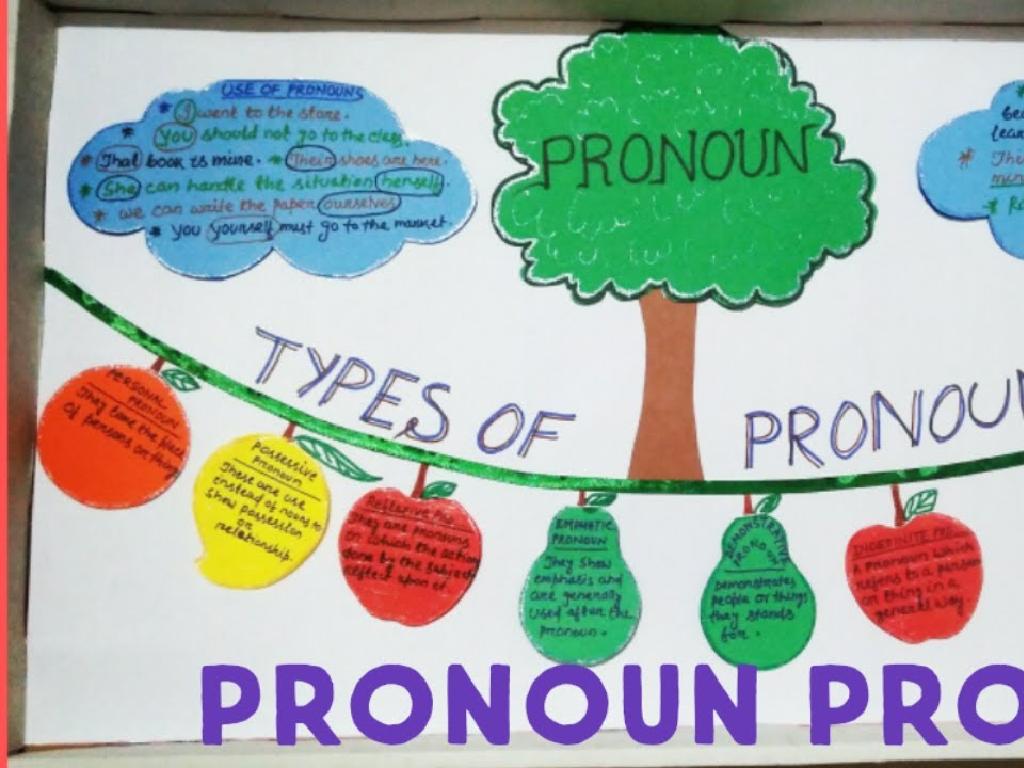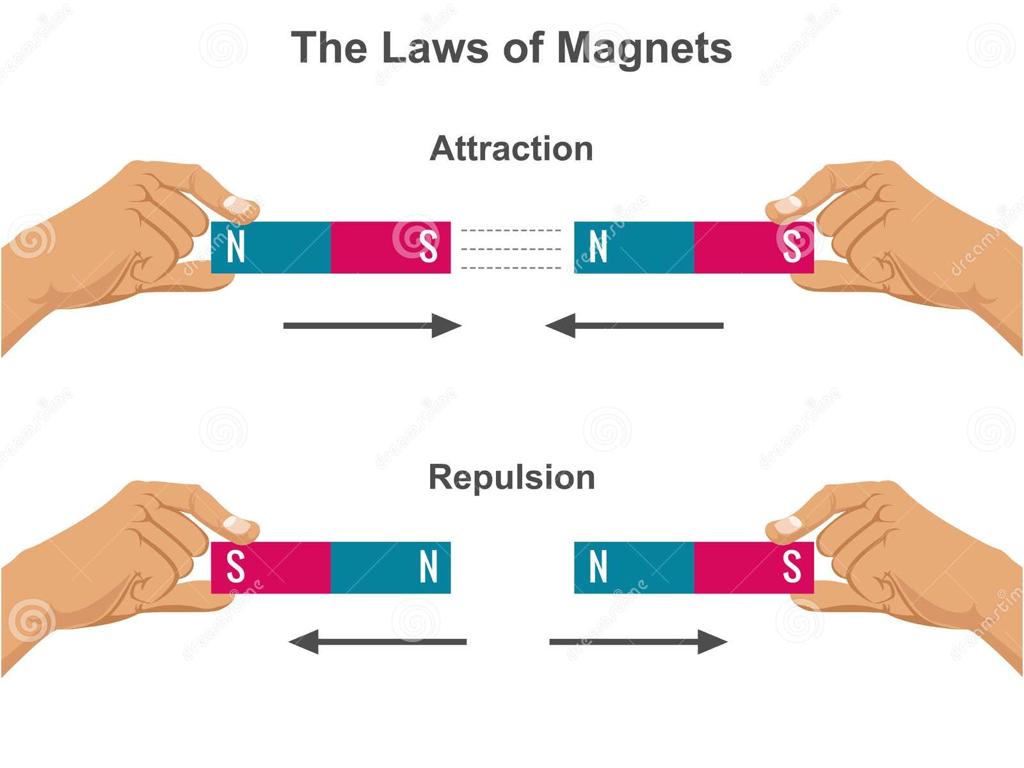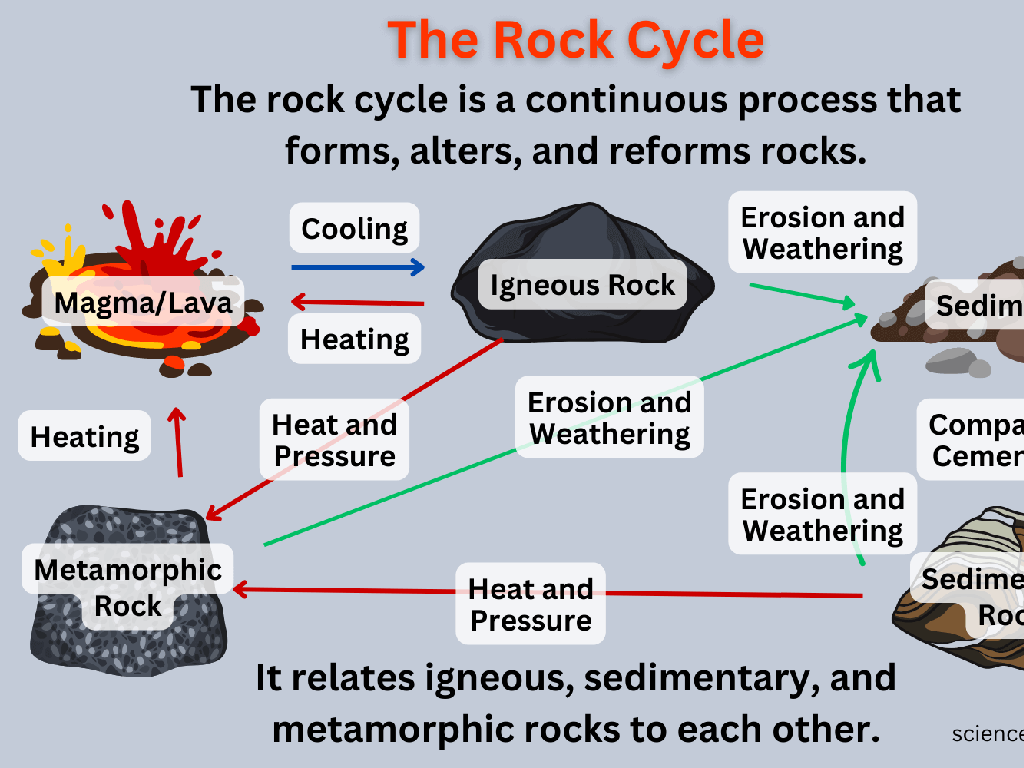Add, Subtract, Multiply, Or Divide Two Decimals
Subject: Math
Grade: Seventh grade
Topic: Operations With Decimals
Please LOG IN to download the presentation. Access is available to registered users only.
View More Content
Mastering Decimal Operations
– Grasping the concept of decimals
– Operations: add, subtract, multiply, divide
– Use precise alignment for addition and subtraction, and count decimal places for multiplication and division.
– Applying decimals in real life
– Decimals are used in money, measurements, and statistics.
– Practice problems for mastery
|
This slide introduces students to the fundamental concept of decimals and the four basic operations that can be performed with them. Emphasize the importance of understanding decimals as they are widely used in various aspects of daily life, such as in financial transactions, measurements in cooking, and data interpretation in statistics. Provide clear instructions on how to align decimal points for addition and subtraction and how to manage decimal places in multiplication and division. Include real-life examples to illustrate the use of decimals, and prepare a set of practice problems to reinforce the concepts taught. Encourage students to solve these problems as it will help them gain confidence in performing decimal operations.
Understanding Decimals
– Reviewing decimals and place value
– Decimals represent fractions; each place has a value 10 times less than the one before.
– Decimals in daily life
– Money uses decimals: $3.75, measurements: 5.2 cm, and time: 12.30 hours.
– Significance of decimal points
– Decimal points separate whole numbers from fractional parts, crucial for accuracy.
– Practice with real examples
|
Begin with a quick review of what decimals are and how place value works, emphasizing that each place to the right is ten times smaller. Show how decimals are used in everyday life, such as in money, measurements, and time, to help students connect with the concept. Highlight the importance of the decimal point in maintaining accuracy in calculations and measurements. Provide examples for students to practice identifying and using decimals correctly, reinforcing the real-world application of the skills they are learning.
Adding Decimals
– Align decimal points vertically
– Ensure decimals are in a column for clarity
– Add numbers as whole numbers
– Ignore the decimal point and add like normal
– Position decimal in the sum
– Decimal point goes directly below the others
|
When teaching students to add decimals, emphasize the importance of lining up the decimal points to maintain the correct place value. This will make it easier for them to add the numbers as if they were whole numbers, without making mistakes related to misalignment. After adding, they should place the decimal point in the answer directly below the other decimal points to preserve the correct value. Provide several examples with different decimal places and encourage students to practice with problems of varying difficulty. Remind them to check their work by estimating the sum and seeing if their answer is reasonable.
Subtracting Decimals
– Align decimal points vertically
– Subtract like whole numbers
– Decimal in answer matches
– Ensure the decimal point in your answer lines up with the decimal points in the question
– Check subtraction by adding
– After subtracting, add the result to the smaller number to check if it equals the larger number
|
When teaching students to subtract decimals, start by emphasizing the importance of lining up the decimal points. This step is crucial as it ensures that the digits are in their correct place value. Once the decimals are aligned, instruct students to subtract as if they are dealing with whole numbers, ignoring the decimal point during the calculation. After finding the difference, they should place the decimal point directly below the other decimal points in the problem. To reinforce the concept, encourage students to verify their answers by adding the difference to the smaller number to see if it matches the original larger number. This checking step helps solidify their understanding and gives them a strategy to confirm their work.
Multiplying Decimals
– Multiply numbers as if whole
– Count decimal places total
– Add up decimal places from both numbers
– Place decimal in the answer
– Decimal goes left from the end, as many places as counted
– Example: 0.5 x 0.2 = 0.10
– 0.5 (1 place) x 0.2 (1 place) = 10 (move 2 places)
|
When teaching multiplication of decimals, start by having students ignore the decimals and multiply the numbers as if they were whole numbers. After they have the product, instruct them to count the total number of decimal places in the original numbers. This count will determine where to place the decimal in their answer. For example, if the original numbers each had one decimal place, the product should have two decimal places. Use clear examples like multiplying 0.5 by 0.2 to illustrate the process. Have students practice with different numbers of decimal places to ensure understanding.
Dividing Decimals
– Move decimal in divisor
– Shift the decimal to make the divisor a whole number.
– Align decimal in dividend
– Move the decimal in the dividend the same number of places.
– Divide like whole numbers
– Ignore the decimals and divide as you would with whole numbers.
– Check with multiplication
– Multiply the quotient by the divisor to check your work.
|
When teaching students to divide decimals, start by moving the decimal point in the divisor to the right until it’s a whole number. Ensure students understand that the same shift must be applied to the dividend. This simplifies the problem to a division of whole numbers, which they are more familiar with. After dividing, students should multiply the quotient by the divisor to check their answer. This step reinforces the concept of inverse operations and helps verify the accuracy of their work. Provide several examples and practice problems, and encourage students to explain the process in their own words to solidify their understanding.
Decimal Operations Practice
– Let’s solve examples together
– We’ll start with guided examples on the board
– Pair up for practice problems
– Choose a partner and work on assigned problems
– Discuss solutions with your partner
– Share your thoughts and compare answers
– Class discussion on problem-solving
– We’ll review different methods used to solve the problems
|
This slide is designed to facilitate active learning through practice and collaboration. Begin by solving a few examples as a class to demonstrate the process of adding, subtracting, multiplying, and dividing decimals. Then, have students pair up to work on a set of practice problems, encouraging them to discuss their strategies and solutions with each other. This peer interaction helps students learn from one another and clarifies any misconceptions. Conclude the activity with a class discussion, allowing students to present their solutions and explain the reasoning behind their answers. This will help reinforce their understanding and provide an opportunity for immediate feedback. Prepare a diverse set of problems to cater to different skill levels and ensure that every student is both challenged and able to participate.
Class Activity: Decimal Operations Scavenger Hunt
– Find objects with decimal quantities
– Perform decimal operations
– Add, subtract, multiply, or divide the decimals
– Present findings and calculations
– Explain how you got the answers
– Reflect on the activity
– Discuss what you learned
|
This activity is designed to make learning about decimals interactive and fun. Students will search the classroom for items that have quantities expressed in decimals, such as rulers for measuring or containers for volume. Once they have found these items, they will perform various arithmetic operations with the decimals. After completing the calculations, students will present their findings to the class, explaining their methods and reasoning. This will help reinforce their understanding of decimal operations in a practical context. As a teacher, prepare to guide them through the process, ensuring they understand how to align decimal points and handle place values. Possible variations of the activity could include pairing students for collaborative learning, timing the scavenger hunt for added excitement, or having students create their own problems for others to solve.
Wrapping Up: Decimal Operations
– Recap of decimal operations
– We reviewed adding, subtracting, multiplying, and dividing decimals.
– Mastery is crucial for math
– Understanding decimals is key in higher math and real-life scenarios.
– Homework: Decimal worksheet
– Complete the provided worksheet to practice today’s lesson.
– Practice makes perfect
– Consistent practice will help solidify these concepts.
|
As we conclude today’s lesson on decimal operations, it’s important to emphasize the role these skills play in more advanced math topics and everyday life, such as handling money and measuring. The homework assignment is a worksheet that includes problems on adding, subtracting, multiplying, and dividing decimals, designed to reinforce the concepts learned in class. Encourage students to attempt all problems and remind them that practice is essential for mastery. During the next class, we will review the homework answers and address any difficulties the students encountered.

